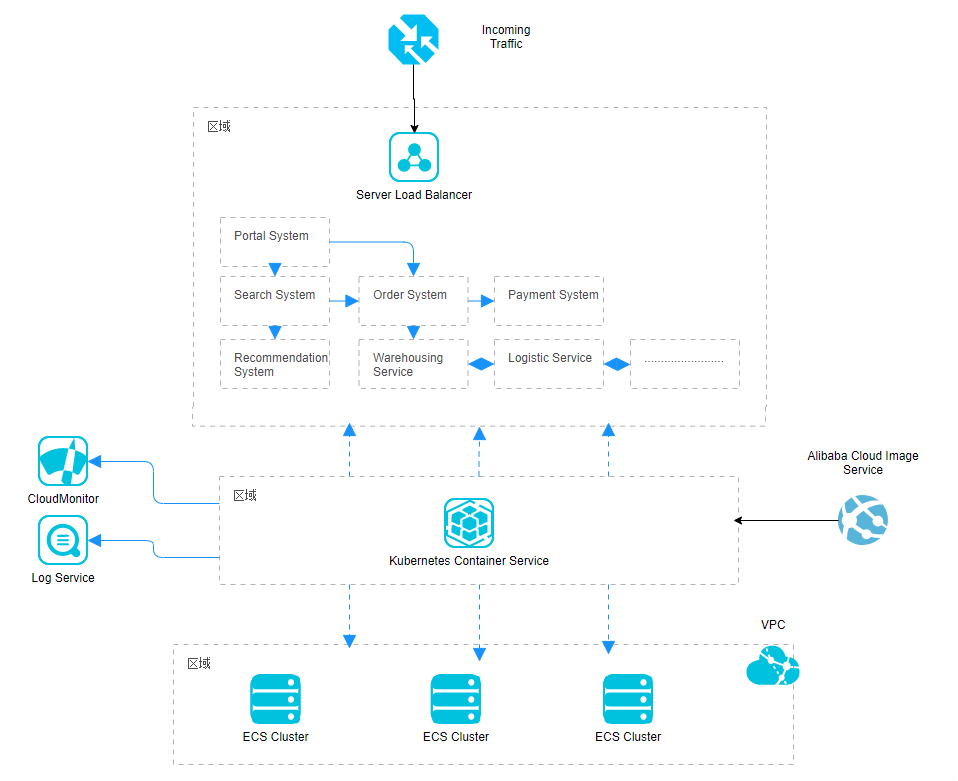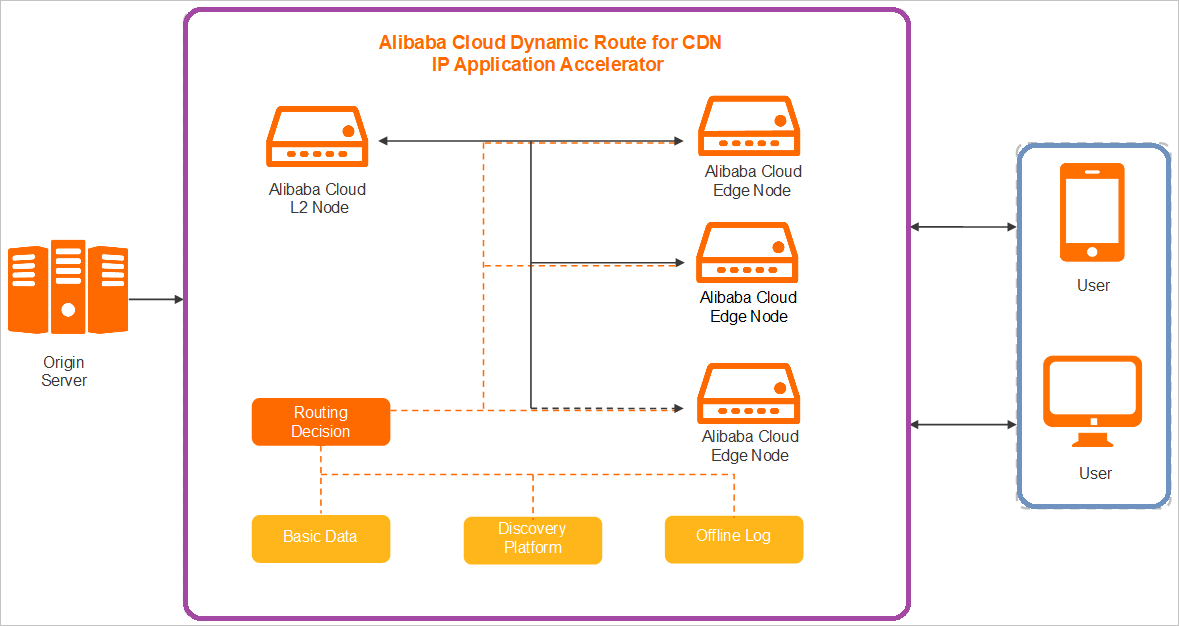By Shantanu Kaushik
In Part 4 of this series, we discussed Dynamic Route for Content Delivery Network (DCDN) and compared CDN and DCDN. We also discussed how exactly DCDN accelerates the delivery of dynamic content. Continuing from the smart routing technique, this article will discuss:
Alibaba Cloud DCDN enables protocol optimization of the Transmission Control Protocol (TCP). TCP is used for the information delivery between applications and services on a network. Alibaba Cloud DCDN optimizes multiple requests required by the TCP connection to work and avoid network congestion while dealing with large-scale enterprise content. Let’s discuss how Alibaba Cloud DCDN optimizes the delivery channel:
1. Enabling a Faster TCP Start
TCP slow start is a TCP protocol algorithm that prevents network congestion by limiting the amount of data sent over the network. It starts with small congestion window sizes between the sender and receiver until the maximum capacity is reached or packet loss is detected.
Alibaba Cloud DCDN eliminates the TCP slow start through:
2. Connection Optimization
You need to understand how your CDN interacts with the outside requests to enable connection optimization. A content delivery network is a gateway between your origin server and the outside world. Only certain connections connect directly to the origin server, and you can optimize them by scheduling transfer requests based on connection health and available bandwidth.
TCP protocol requires several handshakes to maintain a stable connection. We call it the Keep-Alive technique. It reuses existing TCP connections for multiple requests simultaneously, which optimizes the connection and accelerates content delivery.
3. Packet Parameter Optimization
Alibaba Cloud DCDN enables parameter optimization to reduce the time between server-to-server connections to retrieve content. If a packet loss is detected, DCDN sets the packet parameter to retransmit the content quickly. Similarly, it increases the initial congestion window to enable the transmission of more packets. It does not wait for an acknowledgment and retransmits faster irrespective of packet loss.
Let’s take a look at the usage scenarios of Alibaba Cloud DCDN.
In the first scenario, the developer wants to deploy a dynamic web application and use Alibaba Cloud DCDN with Container Service for Kubernetes (ACK).
The chart below shows the Alibaba Cloud ACK architecture:

In this scenario, the developer needs to provide the application and data to deploy it using Kubernetes clusters on Alibaba Cloud. Alibaba Cloud DCDN will sift through the content and automatically optimize the whole architecture to utilize the CDN for static content and DCDN to dynamically provide content on request as quickly and reliably as possible.
How does the developer achieve this?
The chart below shows the architecture of this scenario:

Alibaba Cloud DCDN accelerates content delivery by utilizing optimal routes for static and dynamic content delivery from the origin servers. It allows you to specify a custom path for static content and detect dynamic content automatically.
In this scenario, Alibaba Cloud CDN has already cached the static content on the CDN nodes. Dynamic content is delivered using the acceleration scenario that involves the optimization practices above.
Alibaba Cloud DCDN is suitable for organizations that generate more dynamic content, such as e-commerce websites, financial applications, rapid blogging, or video streaming services. With DCDN, you can achieve a quick, reliable, available, and smooth experience regardless of external factors at the network or user end. Alibaba Cloud DCDN also supports elastic scaling that enables an optimized network experience in all locations without worrying about additional infrastructure.
Scenario Highlights
Alibaba Cloud DCDN provides unmatched acceleration for dynamic content but also helps static content. You can efficiently deploy your application or website using Alibaba Cloud DCDN without worrying about speed and stability.
Using Function Compute and Fun to Configure and Deploy the CDN Trigger

2,593 posts | 791 followers
FollowAlibaba Clouder - March 18, 2021
Alibaba Clouder - March 17, 2021
Alibaba Clouder - March 17, 2021
Alibaba Clouder - April 20, 2021
Alibaba Clouder - June 23, 2020
Alibaba Clouder - March 30, 2021

2,593 posts | 791 followers
Follow Server Load Balancer
Server Load Balancer
Respond to sudden traffic spikes and minimize response time with Server Load Balancer
Learn More Secure Content Delivery Solution
Secure Content Delivery Solution
Accelerate static and dynamic web content in a fast, reliable, and safe way using Secure DCDN (Dynamic Route for CDN)
Learn More Content Delivery Solution
Content Delivery Solution
Save egress traffic cost. Eliminate all complexity in managing storage cost.
Learn More Media Solution
Media Solution
An array of powerful multimedia services providing massive cloud storage and efficient content delivery for a smooth and rich user experience.
Learn MoreMore Posts by Alibaba Clouder